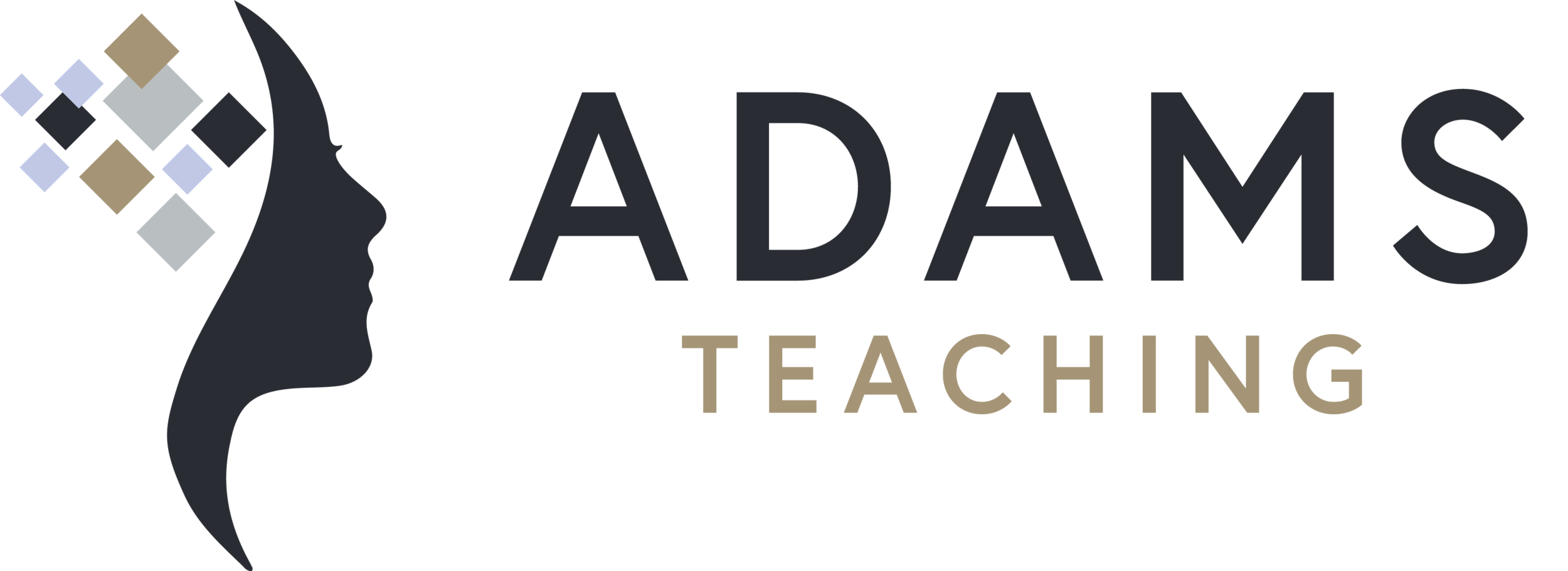Why the Focus on Non-Fiction?
Encourage youth to read non-fiction early on.
Why?
By middle school, students are often 2-4 grade levels behind when it comes to non-fiction reading, compared to fiction reading abilities, as they don't regularly receive adequate instruction in the genre and are not exposed to it consistently until 4th grade, the same time that reading instruction drastically declines. This is one of the reasons so many suffer from the "Fourth Grade Slump" as evidenced in research conducted by Dr. Jeanne Chall.
The organizational patterns of fiction (characters, setting, plot, conflict, resolution) are very different than non-fiction (cause/effect, compare/contrast, definition, chronological order, problem/solution, summary, persuasion, evaluation), and the comprehension skills developed through fiction do not necessarily transfer to non-fiction. Also, we live in the Information Age, and like it or not, the information is non-fiction; it is the genre we deal with most as adults so it is vital that students are skilled in comprehending, analyzing and summarizing it, even in the elementary grades.
To avoid this non-fiction literacy deficiency, Dr. Nell Duke recommends students receive instruction in 30% fiction, 30% non-fiction, and 30% other genres (bios and poetry) from the preschool age and up (Genre Diversification Model). The new Common Core Standards recommend a 50/50 split between fiction/non-fiction instruction in elementary and a 70+% non-fiction emphasis by high school.
This reconfiguration doesn't mean that primary students are reading mostly out of science textbooks; however, if you teach primary and you are reading the fiction book, The Little Red Hen, then front-load the book by reading a non-fiction piece about hens, etc., to provide the background knowledge students need and desire for better comprehension. It will also engage the boys in class who tend to prefer non-fiction, as the genre provides so much information about the natural world.
Non-fiction exposure and practice also increases students' knowledge of both academic and content area vocabulary and promotes the 21st century critical thinking and College/Career Readiness skills the new Common Core Standards emphasize.
I am not one to say that one genre is better than another; however, as an English and social science teacher, it makes sense to me that students receive at least a balance in exposure AND instruction in both genres so they are best prepared for all of their content classes and have the College/Career Readiness skills the new Common Core emphasizes. Julie Adams, Adams Educational Consulting, effectiveteachingpd.com
